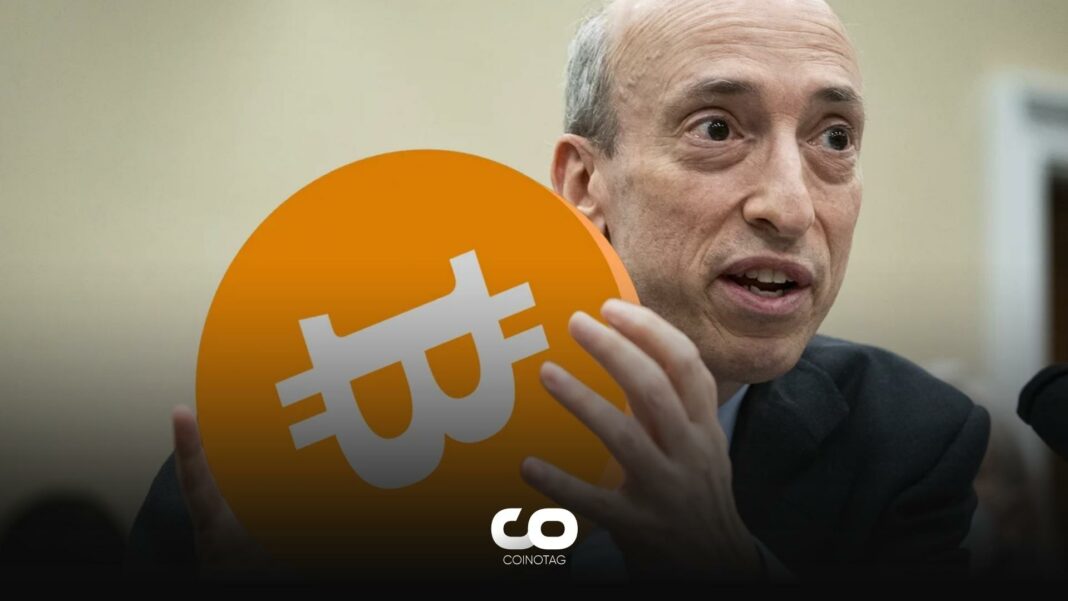- The European Union’s parliament gives an overwhelming nod to the DAC8 cryptocurrency tax reporting rule.
- This new directive strengthens the reporting framework for crypto-asset service providers.
- Critics raise concerns over potential overlaps with existing regulations and possible duplicate reporting.
EU parliament reinforces its stance on crypto taxation by approving DAC8. Dive into the details, implications, and what this means for the crypto world.
DAC8 Secures Strong Support in Plenary Session
The Directive on Administrative Cooperation, commonly known as DAC8, faced its latest vote in Strasbourg, France. The session culminated in 535 votes for the directive, while 57 were against, and 60 abstentions were noted. This overwhelming support signifies the EU’s commitment to bringing greater transparency and accountability to the crypto sphere.
Objectives and Details of DAC8
Originating from a proposal made by the European Commission in December 2022, DAC8’s primary goal is to establish a robust reporting framework. This would obligate crypto-asset service providers to report transactions conducted by EU clients. Such a mechanism is expected to provide tax authorities better insights into the trade of crypto-assets and its associated proceeds. The overarching aim? Minimizing the risks associated with tax fraud and evasion.
Timeline and Next Steps
With the plenary session marking the last step before DAC8’s formal adoption, member states now find themselves on the clock. They will have up until December 31, 2025, to fully embrace and implement these regulations. The actual enforcement of the directive will commence from January 1, 2026. This initiative trails the approval of the Markets in Crypto-Assets (MiCA) legislation, which took place in May 2023. Notably, the “8” in DAC8 indicates it being the eighth installment, with preceding directives focusing on various financial oversight aspects.
Critiques and Concerns Surrounding DAC8
While DAC8 aims to align with the Crypto-Asset Reporting Framework (CARF) and MiCA’s provisions, it hasn’t been without its detractors. Some critics argue the directive’s resemblance to CARF is uncanny and believe it could strip individual member states of their unique oversight capabilities. Max Bernt, the chief legal officer at Blockpit, has previously voiced concerns. He highlights potential challenges in determining the reportability of transferred crypto-assets. Additionally, the possibility of “duplicate reporting” emerges as an issue, especially when attempting to harmonize new regulations with pre-existing ones.
Conclusion
The DAC8 directive marks a pivotal moment in the EU’s ongoing relationship with cryptocurrency. It embodies the union’s proactive approach to regulating an industry known for its dynamism and rapid evolution. While the directive’s objectives are clear, its practical implementation will be the true test. As member states navigate the complex terrain of crypto regulation, the industry and its participants await with bated breath.







